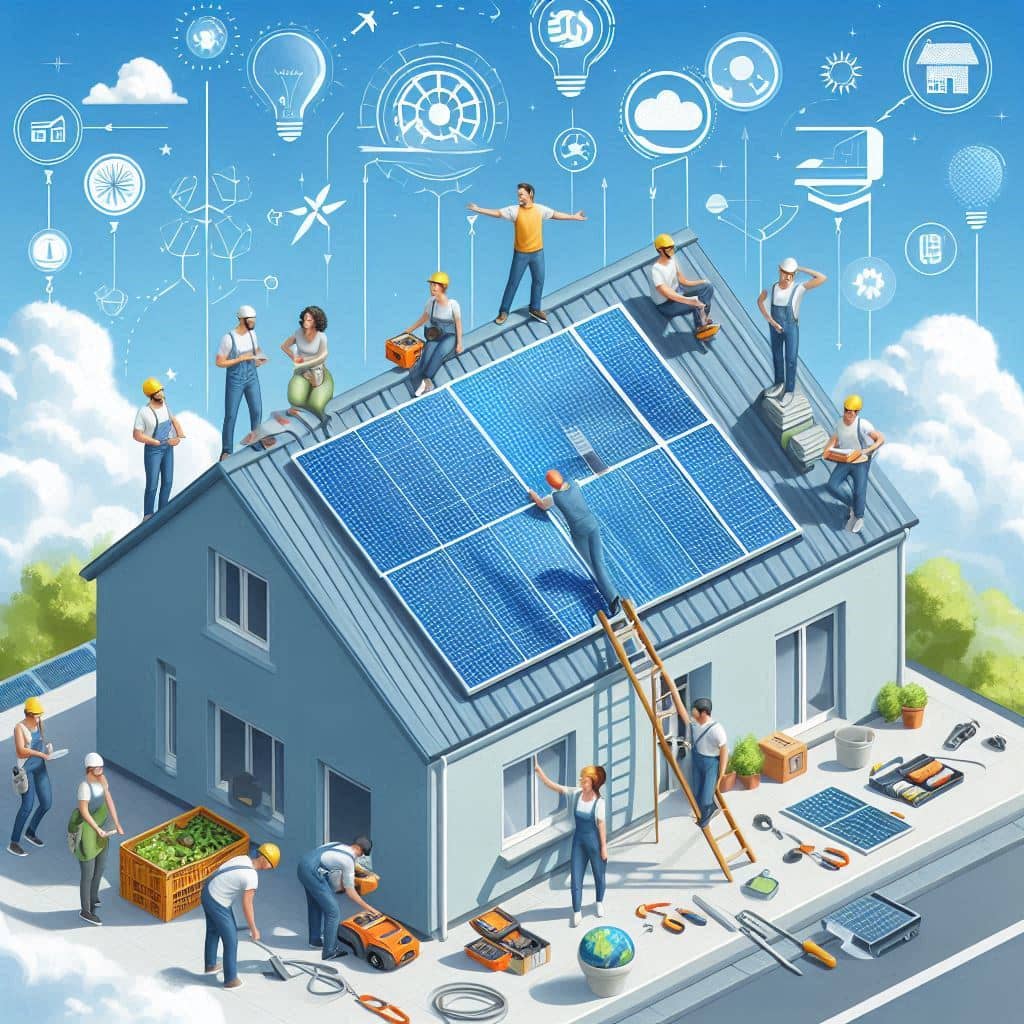In the global push toward clean and sustainable energy, solar power has emerged as one of the most promising solutions. It is renewable, eco-friendly, and increasingly affordable due to rapid technological advancement. Two notable innovations in this space—Solar Park developments and the rise of the solar tree—are reshaping how we harness and utilize solar energy in both rural and urban settings.
What is a Solar Park?
A solar park, also known as a solar farm or photovoltaic (PV) park, is a large-scale installation where solar panels are deployed over vast areas to generate electricity. These facilities typically feed the power directly into the grid, contributing to a country’s energy mix. Solar parks can span hundreds or even thousands of acres and are often developed in remote locations with abundant sunlight and minimal obstruction.
India is home to some of the largest solar parks in the world, including the Bhadla Solar Park in Rajasthan, which boasts an installed capacity of over 2,000 MW. These projects play a vital role in reducing dependency on fossil fuels and lowering greenhouse gas emissions.
Benefits of Solar Parks
- Massive Energy Output: With thousands of panels working together, solar parks can produce electricity on a scale large enough to power entire cities or regions.
- Job Creation: These projects create employment during construction, maintenance, and operation phases.
- Utilization of Non-Agricultural Land: Many solar parks are built on barren or degraded land, adding economic value to otherwise unproductive areas.
- Stable Power Supply: Solar parks support the grid during peak hours, reducing blackouts and load shedding.
- Support for Government Targets: Large solar parks help governments meet renewable energy goals and climate commitments.
Understanding the Solar Tree
Unlike the flat-panel systems seen on rooftops or solar farms, a solar tree is a vertical structure designed to resemble a tree, with solar panels branching out like leaves. These innovative structures are ideal for urban areas where horizontal space is limited. By going vertical, they maximize solar energy capture while occupying minimal ground area.
Solar trees are not just functional but also aesthetically pleasing. They often serve dual purposes—generating clean energy and enhancing public spaces like parks, schoolyards, and city plazas. Some solar trees also come with added features like USB charging ports, Wi-Fi access, or lighting powered by the energy they collect.
Advantages of Solar Trees
- Space Efficiency: Ideal for urban settings where ground space is scarce.
- Educational and Symbolic Value: Solar trees are often used in schools and public institutions to promote awareness about renewable energy.
- Innovation and Design: Their futuristic look enhances urban landscapes and public engagement.
- Multi-Functionality: Apart from energy generation, they can be fitted with environmental sensors, digital displays, and more.
- Low Maintenance: With fewer panels and a compact structure, maintenance is simple and cost-effective.
Solar Parks and Trees: A Synergistic Approach
Both solar parks and solar trees offer distinct advantages. While solar parks serve large-scale power needs, solar trees fulfill niche urban energy requirements. A well-rounded solar policy should leverage both to build a resilient and decentralized energy infrastructure. In rural areas, solar parks can electrify entire villages, whereas in cities, solar trees can power local devices, provide shaded rest areas, and even charge electric vehicles.
Government Support and Public Adoption
Governments across the globe, including India, are supporting these innovations through subsidies, incentives, and awareness campaigns. The Smart Cities Mission, for instance, promotes the installation of solar trees in urban areas. Likewise, mega solar parks are being developed under the National Solar Mission to boost the country’s solar capacity.
Conclusion
As climate change and rising energy costs become pressing global challenges, embracing solar technology is more important than ever. Innovations like the solar park and the solar tree are not just scientific breakthroughs—they are the building blocks of a cleaner, more sustainable future. Whether implemented on a vast scale or in a compact urban form, these technologies are lighting the path toward a greener tomorrow.

